Organic farming! It’s becoming more and more familiar and popularized these days. Every time you’re at the grocery store, you see two different types of veggie options: organic or nonorganic.
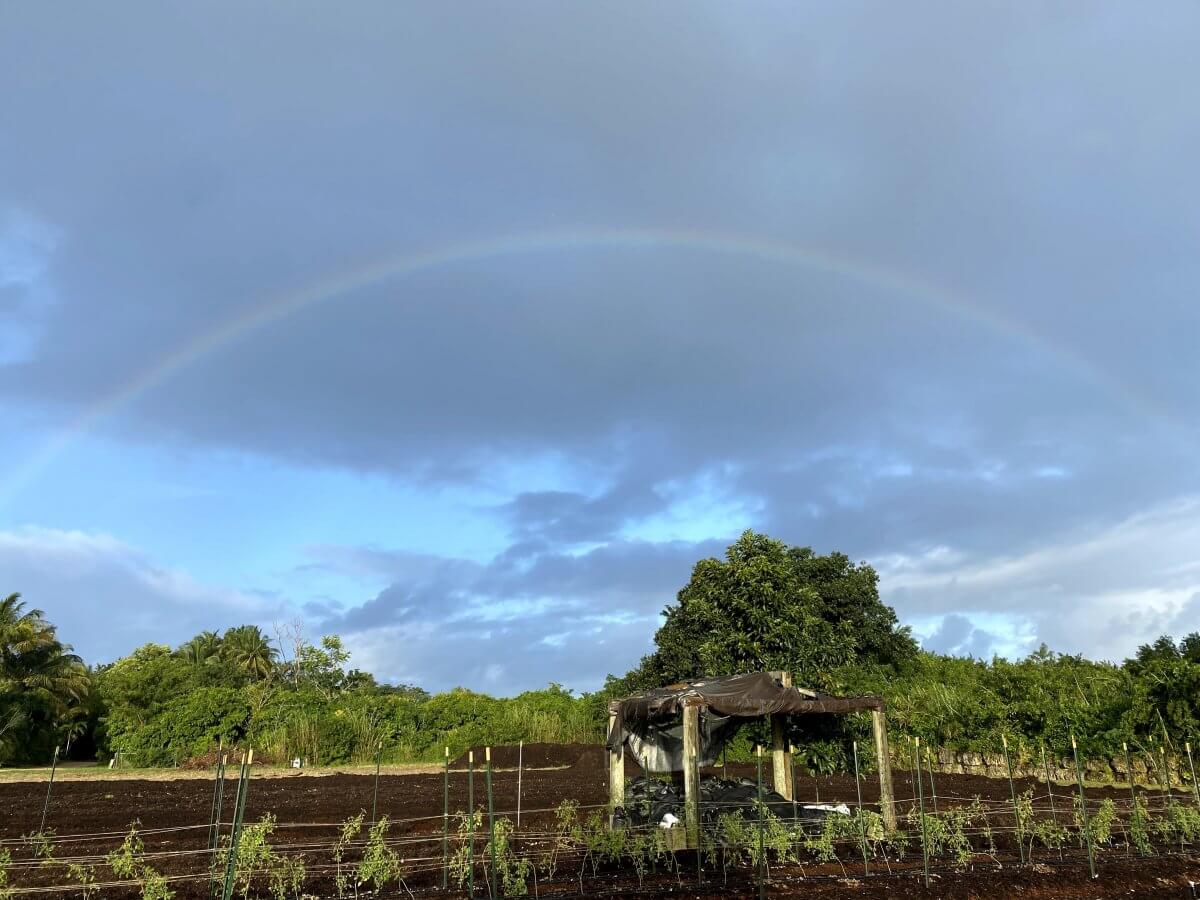
What Makes Organic, Organic?
Organic farming’s aim is to be environmentally sustainable. To do this, organic farmers utilize methods of pest control and soil fertilizers that are ecologically derived rather than using chemical or synthetically derived fertilizers and pesticides that traditional farming uses to accomplish the same goal.
What Are Ecologically Derived Pesticides and Fertilizers?
Ecological pesticides and fertilizers are primarily derived from composting practices that utilize plant and animal wastes, as well as nitrogen-fixing cover crops. Ecological pesticides can also be derived from plants with natural, insect-repelling properties such as neem or eucalyptus trees.
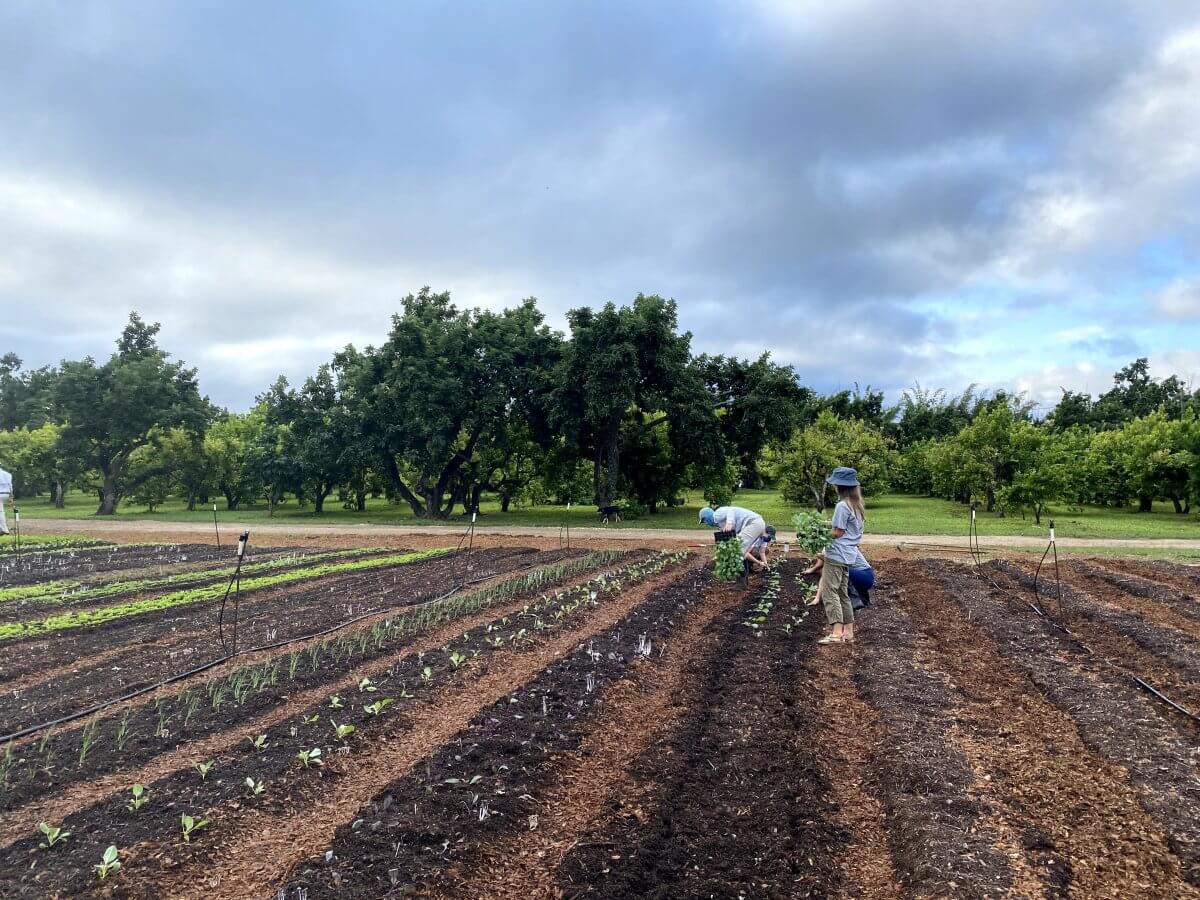
Related Post: Introduction To Integrated Pest Management
Now that we have a better understanding of organic farming practices, let’s go into its history.
How Did Organic Farming Originate?
Organic farming, before synthetic and chemical compounds were invented and used in agricultural practices, was the only method of farming. However, with the invention of these unnaturally occurring pesticides and fertilizers, organic farming became less and less common. The new farming method had clear advantages controlling pests and fertilizing soil, and environmental degradation due to these practices was little known.
One could argue that organic farming has always been around. That it was simply forgotten about or left behind. This was true until Rudolf Steiner, an Austrian philosopher, began preaching the good word about natural and environmentally friendly farming.
Wait, Who’s Rudolf Steiner?
Rudolf Steiner is almost more of a concept than a person at this point. People have devoted years of their lives to studying him with some believing him to be clairvoyant (having supernatural abilities to perceive the future and present beyond normal sensory contact). The study of Steiner is extremely esoteric. It’s intended for — and likely to only be understood — by a small group of individuals with a specialized knowledge and interest.

Steiner invented many unique and interesting concepts that we won’t be covering here, but for in depth and easily understandable information, check out this post I wrote that covers more on him.
In 1924, after a small group of farmers sought advice from Steiner, he coined biodynamic farming and began advocating for ecologically sustainable agriculture, which omits the use of chemical or synthetic pesticides and fertilizers. This quickly spread around the globe and gave rise to the organic farming movement.
So, What Are Some of the Primary Differences Between Organic Farming and Conventional Farming?
Aside from what we’ve already covered with organic farming omitting the use of chemical or synthetic pesticides and fertilizers, compare the two and you’ll find these factors present:
- Organic farmers reduce soil erosion.
- Organic farmers cycle more nutrients into the soil both before and after farming the land.
- Organic farmers generally have more diversity, companion planting, and wildlife habitat (acting as natural defenses against pest attacks).
- Organic farmers’ produce typically costs more to counterbalance higher farming costs, slower growth rates, higher rates of pest damage and crop loss, and therefore, smaller crop yields.
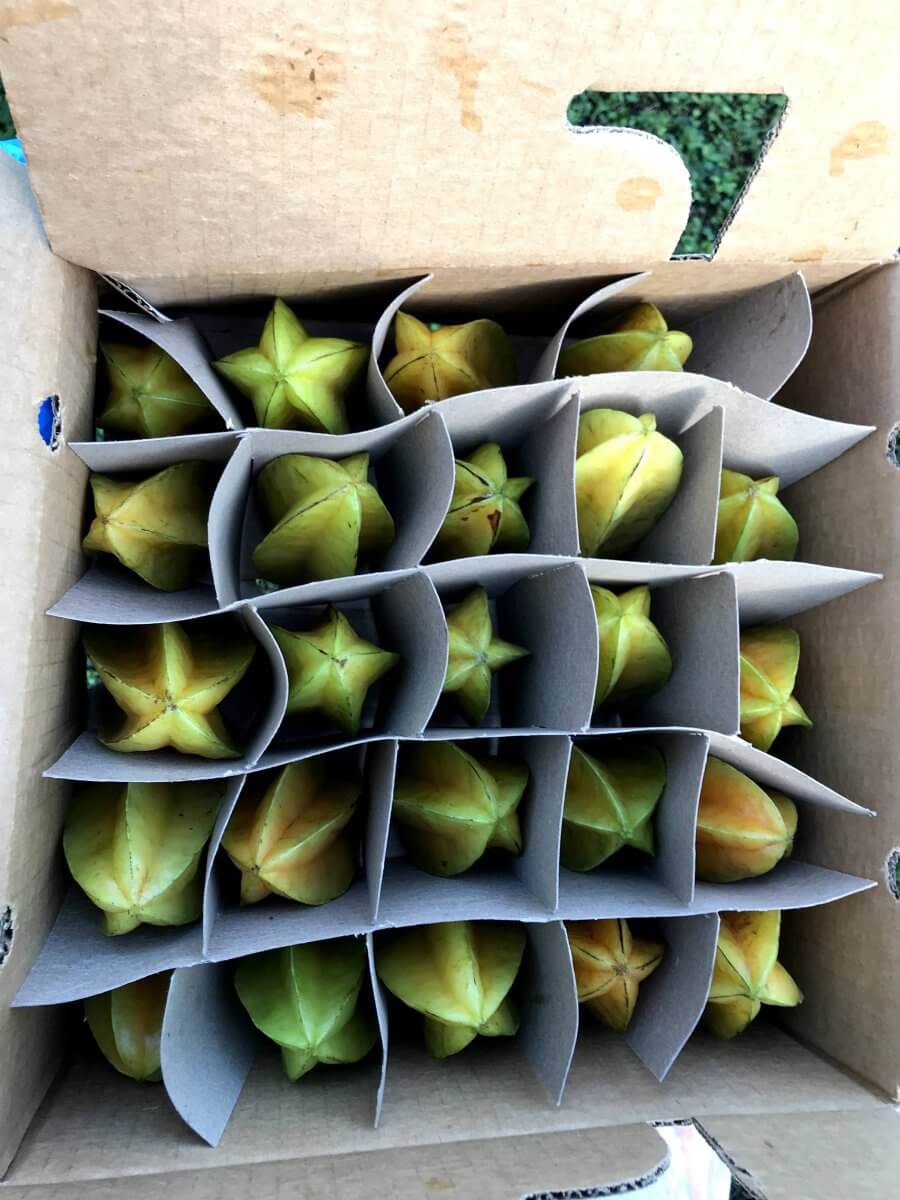
Because conventional farmers have the advantage of powerful chemical or synthetic pesticides and fertilizers, they don’t have the high rates of pest damage and crop loss.
In fact, this is what helps create “superbugs” — insects and bugs that are extremely resistant to pesticides. With every new generation, genetic mutations occur that allow them to become more immune to pesticides. To compensate for more resistant pests, pesticides must become stronger and stronger, and therefore, more ecologically destructive.
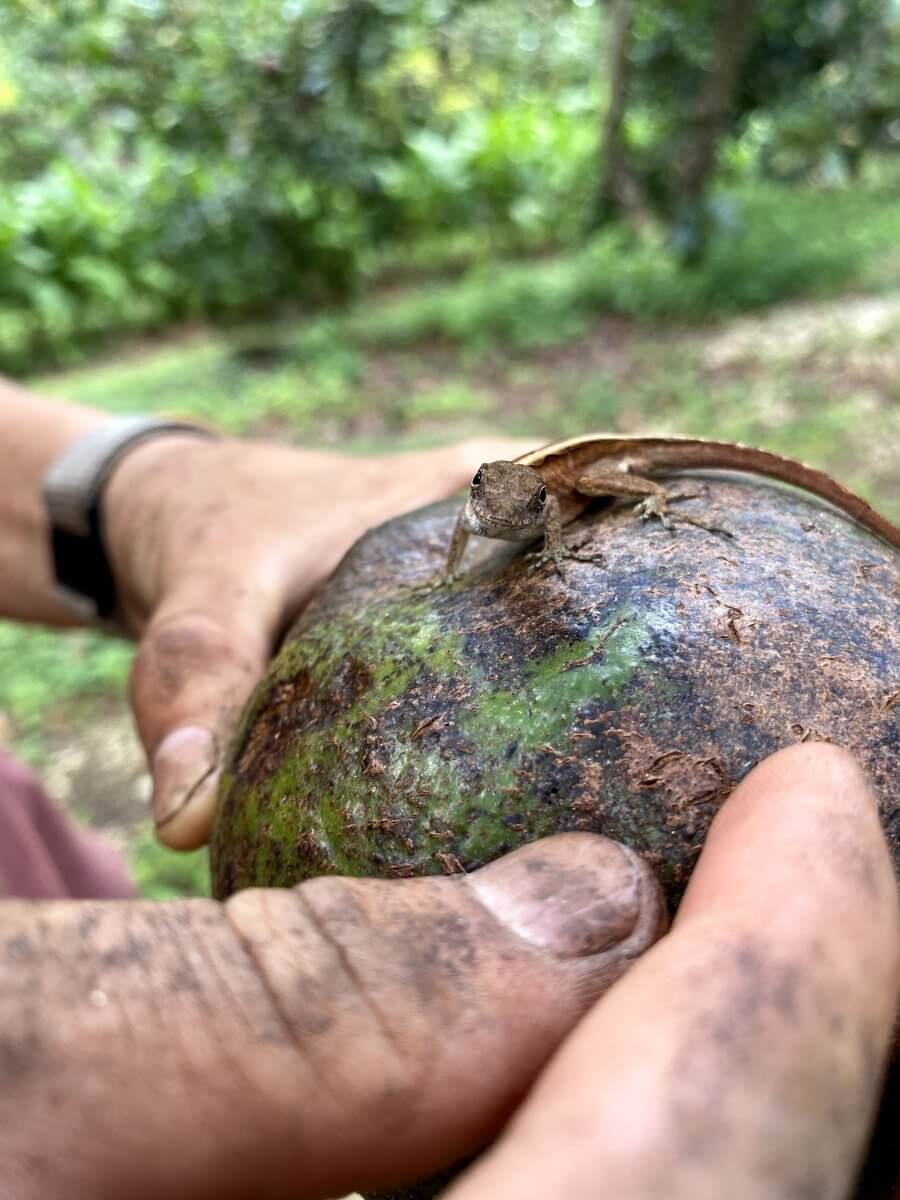
Because of the powerful pesticides conventional agriculturalists use, they generally have large fields that are monocropped (only one crop species present). Usually, this crop species is of one variety and offers little to beneficial insects, wildlife, or the soil and any nutrients which may be recycled back into the ground.
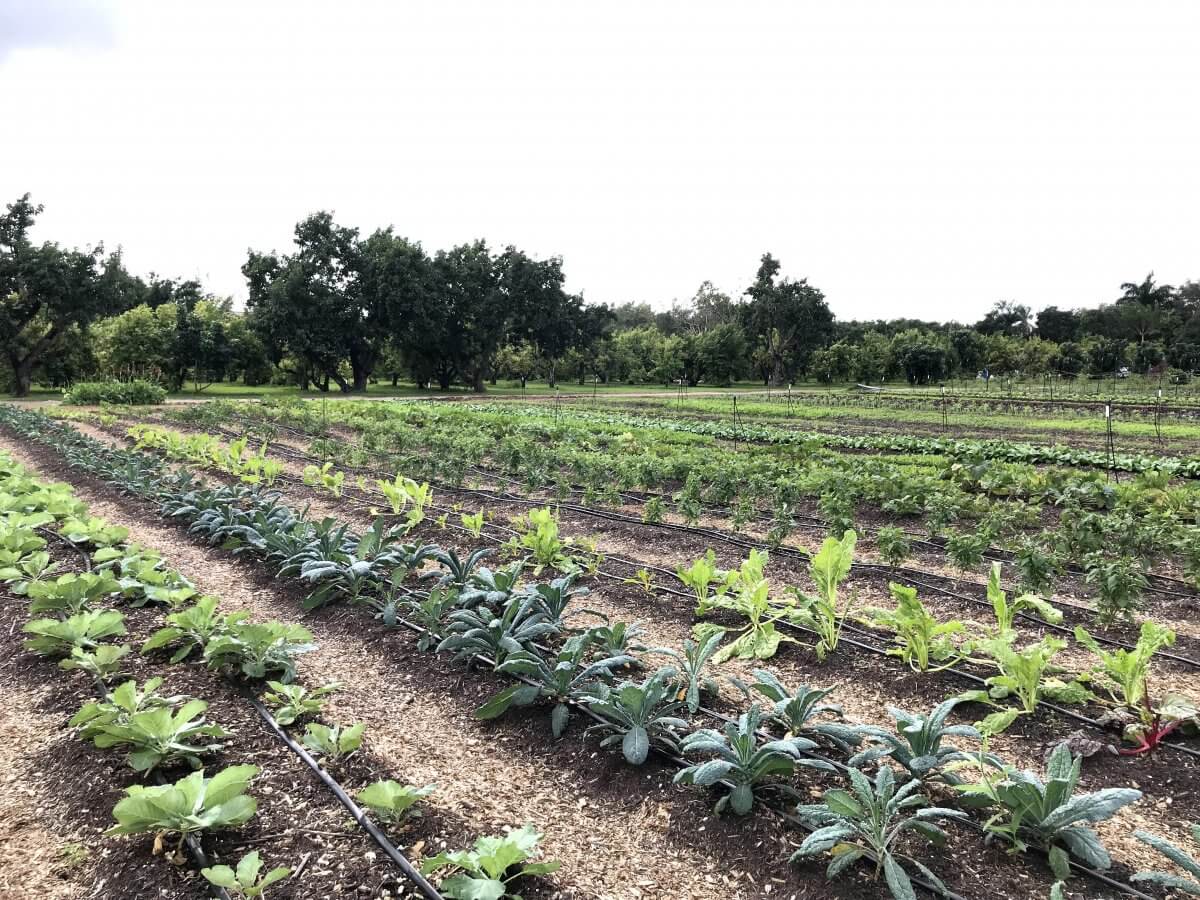
Organic farmers, in contrast, poly crop their fields. This creates natural barriers to fend off pest attacks. It also allows beneficial insects and bugs (ones that consume non-beneficial pests) to flourish. Poly cropping is more beneficial to the soil, as it doesn’t rob the soil of specific nutrients that one species of crop may need to grow. Monocropping promotes that because chemical or synthetic fertilizers are often used alongside the harsh pesticides in traditional farming to compensate.
Besides Poly Cropping, Organic Farmers Utilize Companion Planting, but What Is That?
To help explain, I’m gonna use a classic example of companion planting — the “three sisters” originating from the Iroquois.
The three sisters are, generally speaking, varieties of corn, beans, and squash. Planted together, corn seeds naturally take on water faster than the other two seeds. The corn sends down a rootling deep in the soil, creating stability as the corn stalk is the first to emerge from the soil, and then rapidly grows upward.
The bean will emerge next, usually showing its leaves by the time the corn is already 6 inches tall. Squash and pumpkins take more time, sometimes poking their leaves through the soil after a few weeks of patient anticipation.
The beans, in the beginning stages of life, focus on leaf growth while the corn focuses its energy on stem growth and strength. By the time the beans begin sending out climbing tendrils, the corn will be a few feet high — thanks to the corn emerging faster than the other two sisters. The corn acts as a perfect ladder for the beans to climb. Had the corn grown slower, the beans would strangle it.
Around this time, the squash has begun emerging and is slowly spreading out laterally, covering the soil around the base of the beans and corn with wide, scabrous leaves. The squash leaves create a shady blanket, helping to provide shade and hold moisture closer to the ground for itself and the other two sisters. It simultaneously helps suppress other plant species from growing there.
The three work in perfect union with one another, the corn providing a ladder for the beans, the squash providing shade, moisture, and decreased competition from other plants, and the beans providing vital nitrogen to them all (the legume family being nitrogen-fixers).
And thus, companion planting!
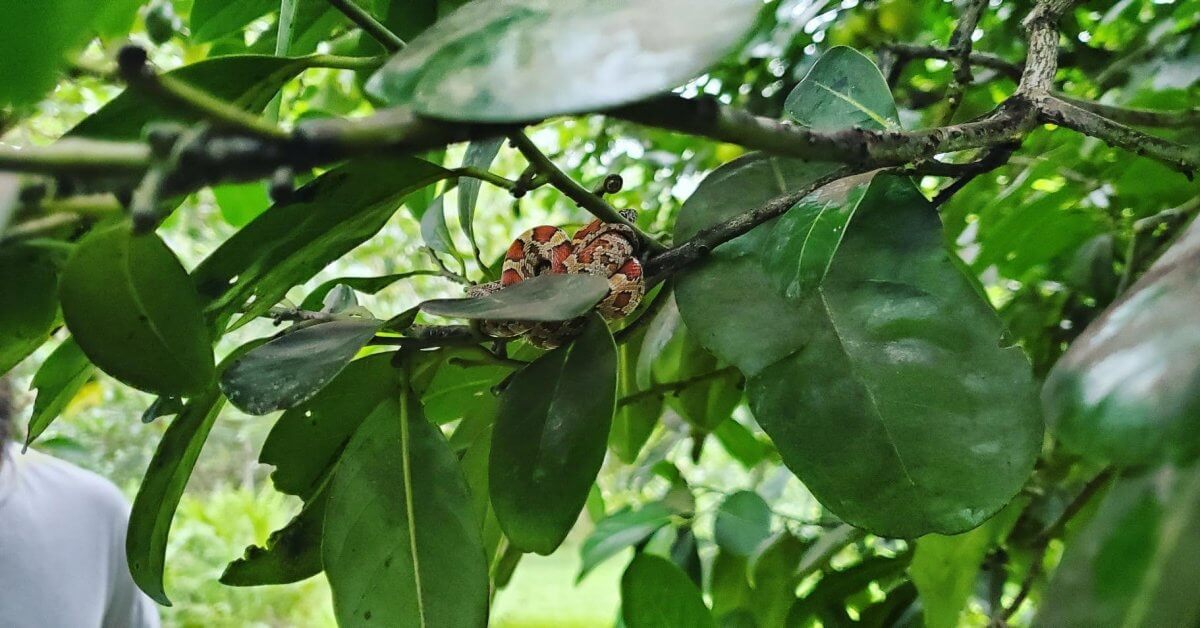
For a more in depth explanation on the three sisters, please refer to Robin Kimmerer’s book Braiding Sweet Grass, and more specifically the chapter on The Three Sisters which can be located here.
Many large farms prefer not to utilize companion planting in this sense though, with consideration to harvest becoming less systematic and more complicated. There are pros and cons to everything.
What’s Wrong With Chemically or Synthetically Derived Pesticides and Fertilizers?
Pesticide runoff always occurs either below the soil, damaging the very fiber of what makes up the unique network of life occurring under our shoes, or downhill into our streams and rivers creating a domino effect of ecological disaster.
Pesticide runoff kills insects and bugs occurring within the soil, as well as downhill/downstream. It isn’t just the insects that suffer though, it contaminates water sources, hurting an entire complex ecosystem of fish, reptiles, amphibians, birds, and mammals.
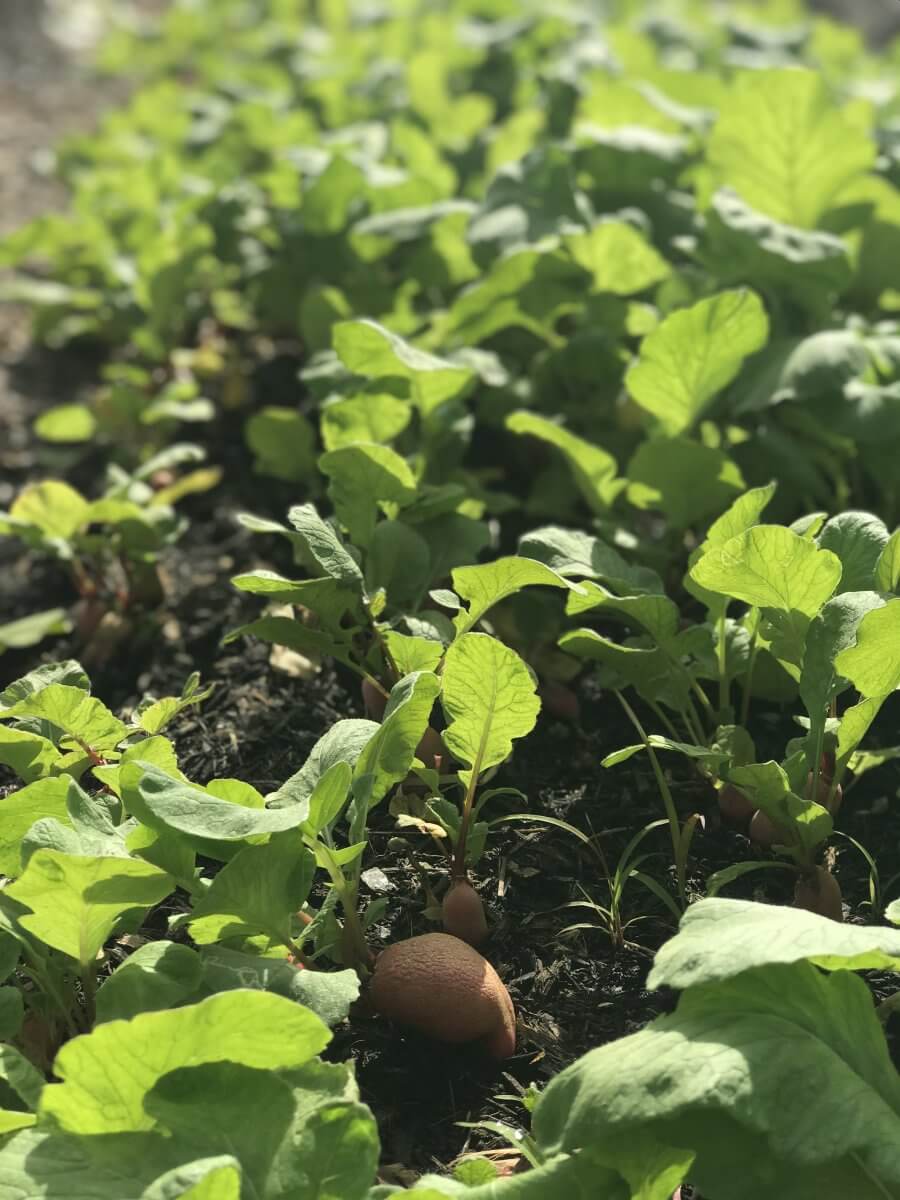
So, pesticides poison the ecosystem while the fertilizers do quite the opposite, they promote unnatural blooms of plant species (Yes! Fertilizer runoff likewise happens).
Certain plants will thrive, depending on the fertilizer, while others will suffer as the thriving plants out-compete them, and the ecosystem becomes unbalanced.
Often times, algae blooms occur due to fertilizer runoff. Algae bloom can be beneficial, but when unnaturally accelerated and given an unfair advantage due to fertilizer uptake, it smothers out its natural environment, uptaking vast amounts of oxygen from the water and making a favorable environment for wildlife species suddenly hostile and unsuitable. It leads to these species dying off as happens with pesticide runoff anyway. It’s a continual negative feedback loop.
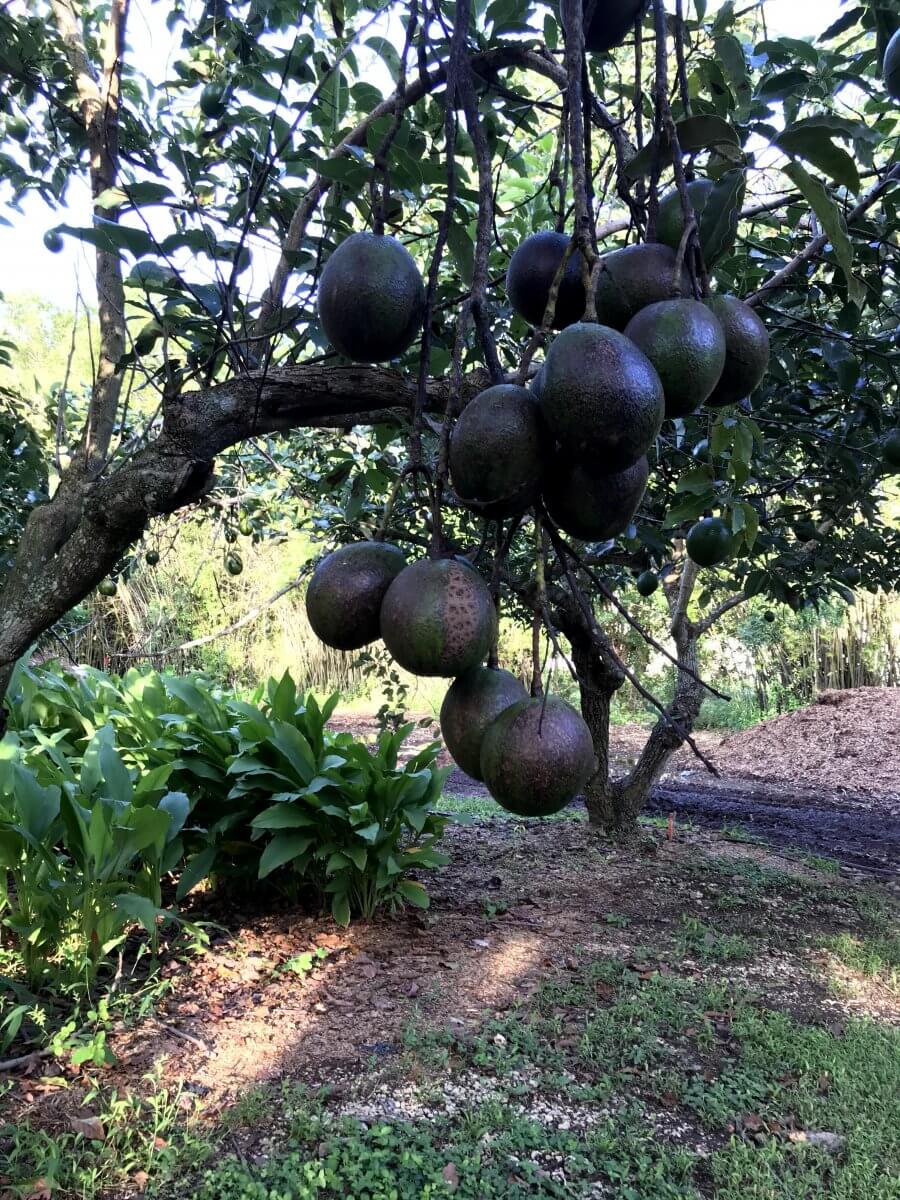
The ecological poisoning ensured with conventional farming using harsh pesticides and fertilizers isn’t the only negative side effect of this practice. It also makes it more difficult for organic farmers to do their work. Why?
To explain, I’ll give an example from an organic farm I worked on called Paradise Farms.
Paradise Farms did everything I listed above to be considered organic, and jumped through the many hoops and financial burdens of obtaining an organic certification (yet another thing making it difficult for organic farmers). Organic farmers are generally lower down on the financial scale because of previously covered reasons — the costs of obtaining an organic certification are ridiculous.
Paradise Farms was surrounded by other farms, and none of them were organic. This meant that all the pests that were deterred from the surrounding farms employing ecological warfare to keep them off their crops, came to our farm. Our ecological-based pesticides, while still an active deterrent, were heaven compared to the harsh chemicals they had adapted to. The negative consequences of this are obvious.
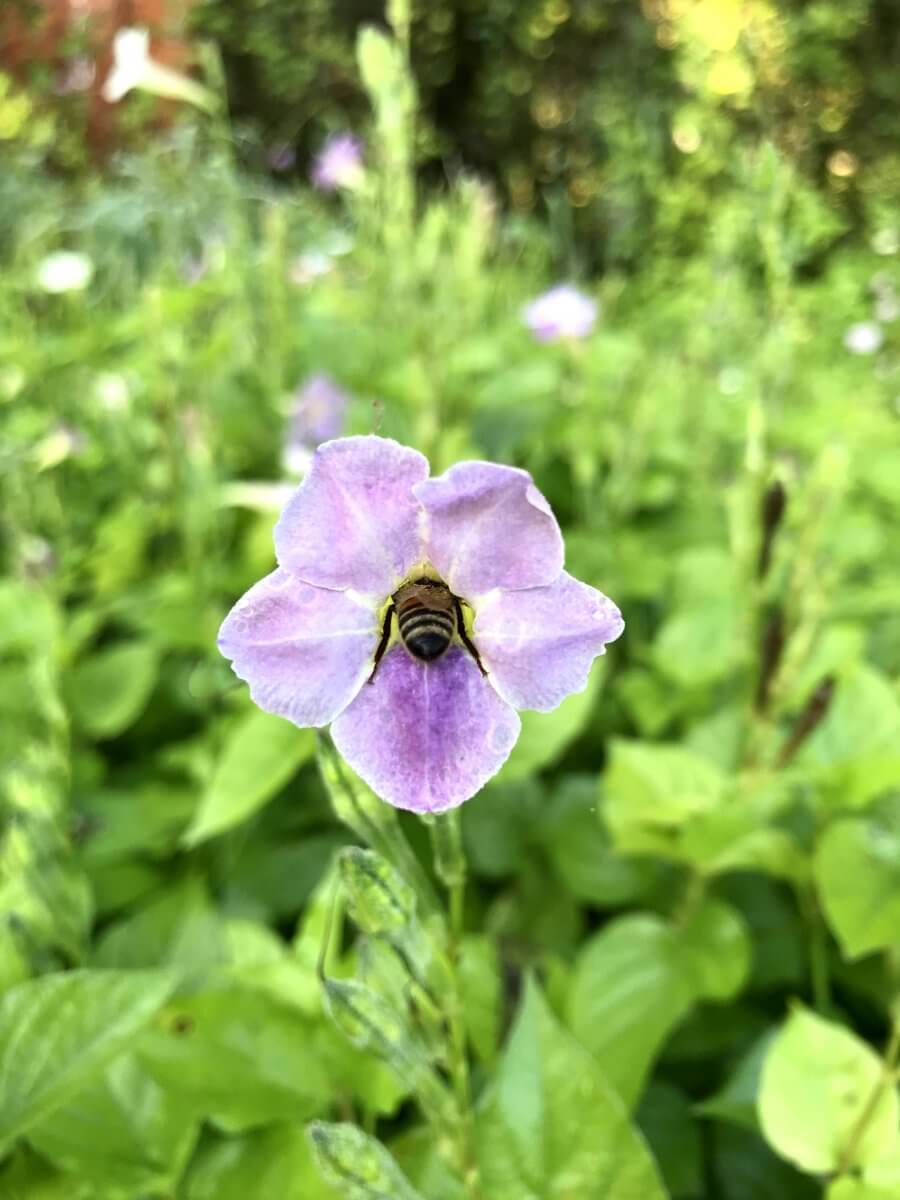
Why do it? Why organic farm?
Organic farming stems from a love for the environment and the natural world. Organic farmers’ ultimate mission emphasizes the use of our renewable resources in order to conserve our soils and waters for the bettered future of humanity and our entire world. Regardless of the challenges organic farmers face due to these practices, and the domino effect conventional farming operations have on organic farming, it’s worth it to know they’re simultaneously protecting the environment and providing for people.
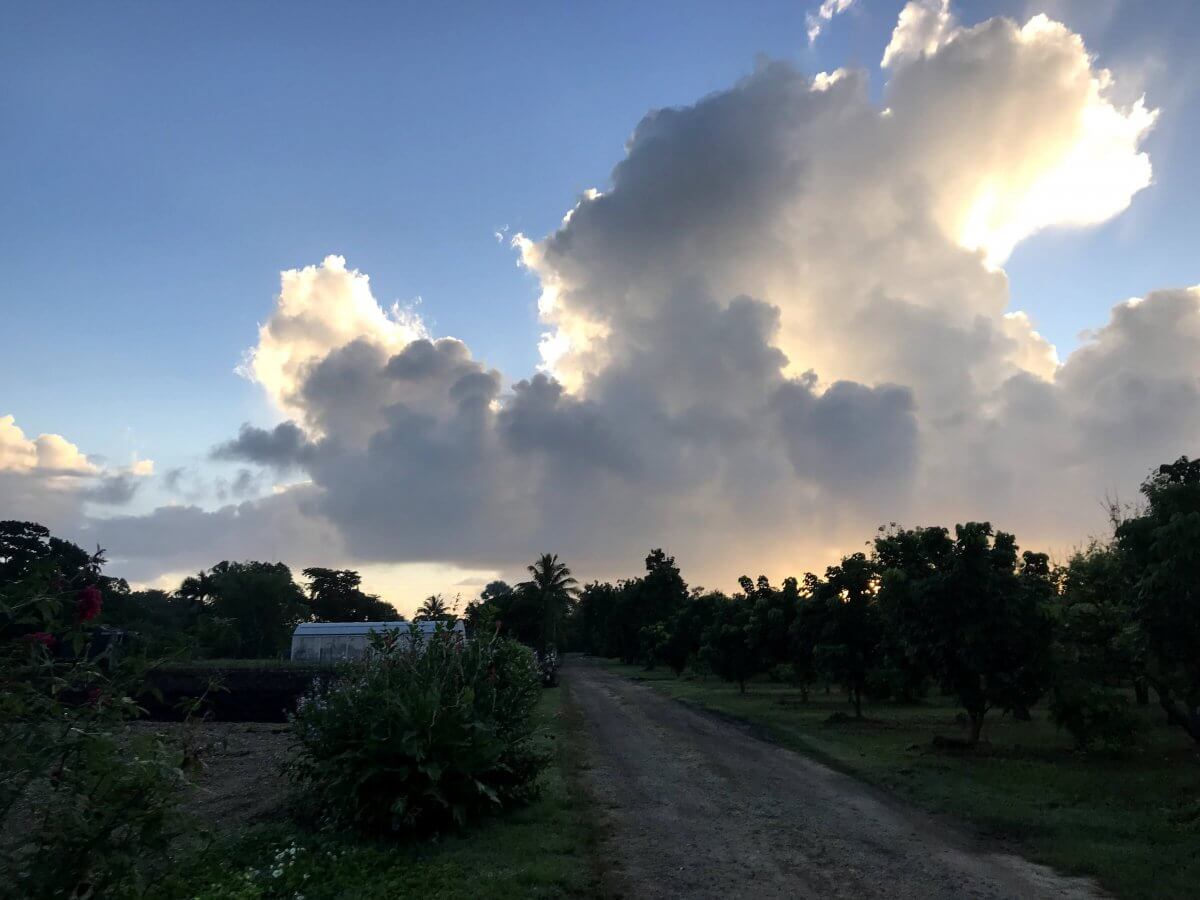




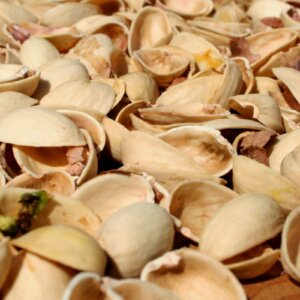

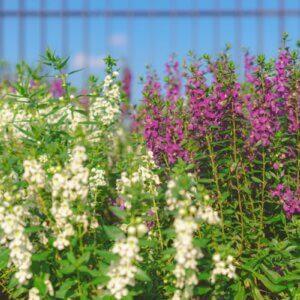
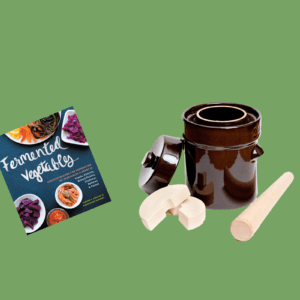

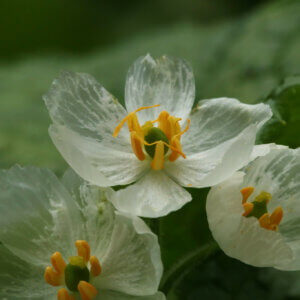
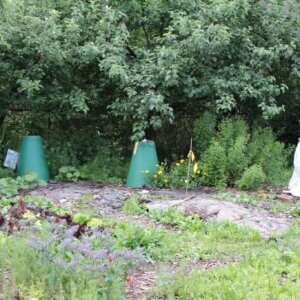
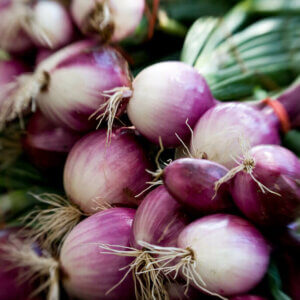

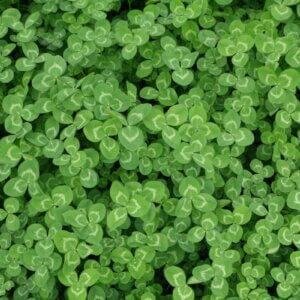
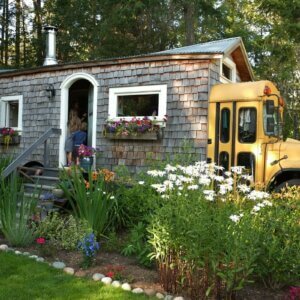

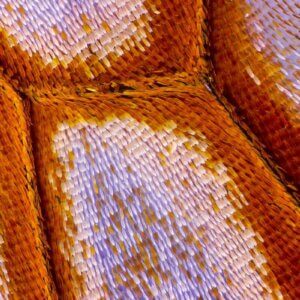
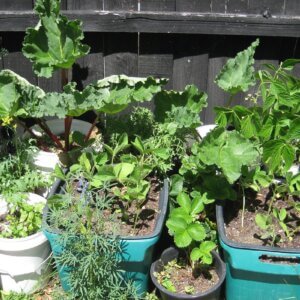
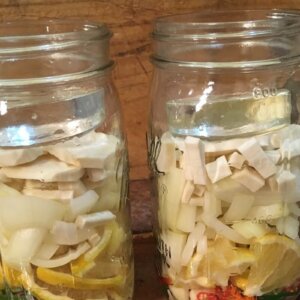
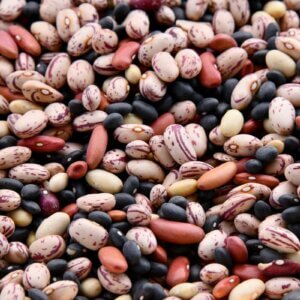
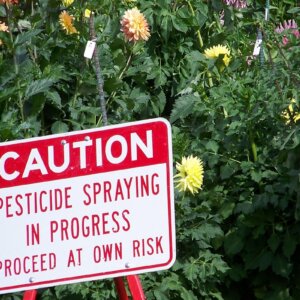
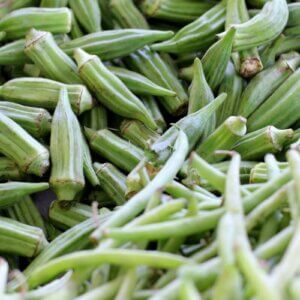


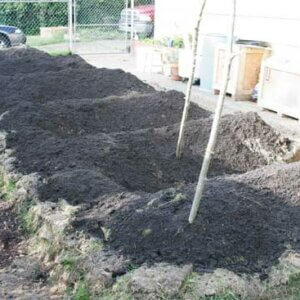
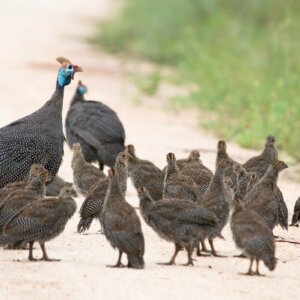
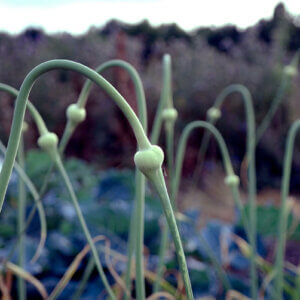
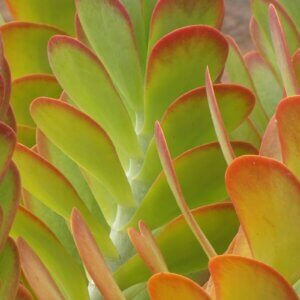
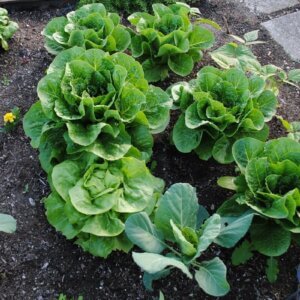


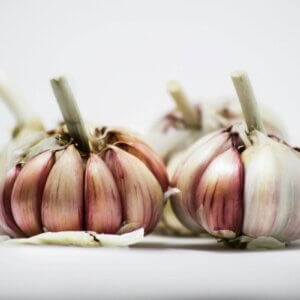
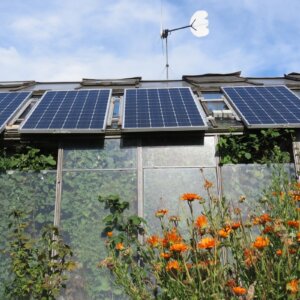


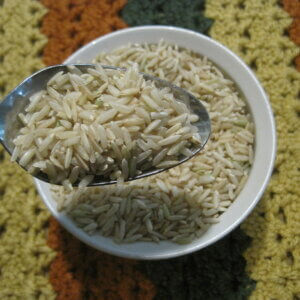
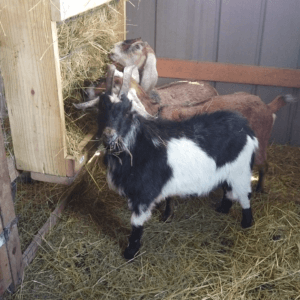
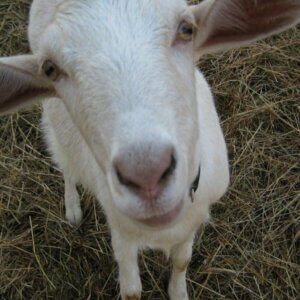

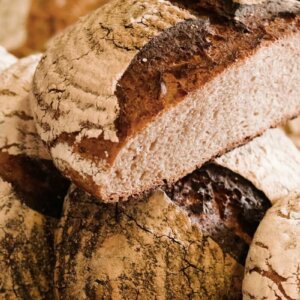
I like this